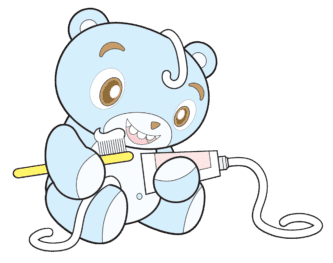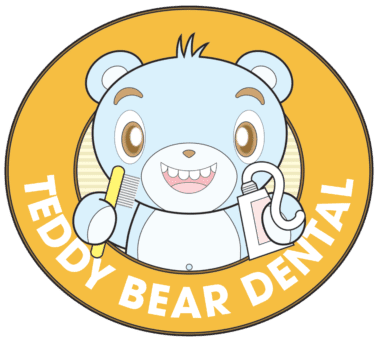Learn More:
Sedation helps ensure that pediatric dental visits provide young patients with a comfortable experience and effective results. Often, children are intimidated by dental visits or otherwise unable to sit still during exams and treatments for extended periods of time. Sedation helps minimize anxiety and relax children during dental visits – all under the safe supervision of a pediatric dentist.
Did You Know:
That children of nearly any age can be sedated? Even infants and toddlers can be sedated for dental treatment. There are many ways of administering sedation to pediatric patients, some of which include inhalation, swallowing medicine or even receiving sedation medication intravenously or via injection.
Frequently Asked Questions
What types of sedation are available for my child?
There several different types of pediatric sedation available to patients, ranging from mild to strong. Children are most often given nitrous oxide, or laughing gas. This gas is inhaled through a mask during the dental visit, providing an instant calming effect. Laughing gas is safe, and its effects wear off nearly immediately after treatment. Other types of sedation may be necessary for children with greater anxiety levels or special needs. Examples include oral sedation given prior to the dental visit, as well as IV sedation, which usually leaves children with little or no memory of their dental treatment.
Should I consider pediatric sedation for my child’s next dental visit?
Your child may be a candidate for pediatric sedation dentistry if he or she has special needs, is very young, has difficulty sitting still, or has anxiety about visiting the dentist. Your child’s dentist may also recommend sedation if your child will be undergoing a lengthy or extensive dental treatment. For more information about pediatric sedation and whether it is right for your child, contact our office.
How will my child need to prepare for a dental visit involving sedation?
You will be given instructions for preparation prior to your appointment. Your child may not be allowed to eat or drink in the hours leading up to the procedure. If your child experiences anxiety prior to the visit, consider letting him or her bring a ‘comfort’ item, such as a blanket or stuffed animal.


